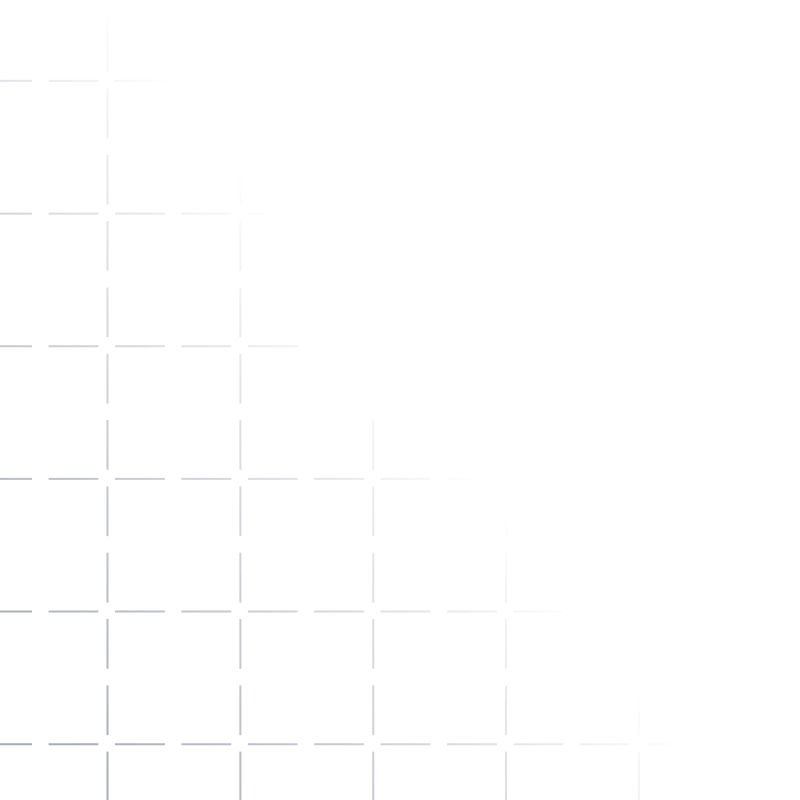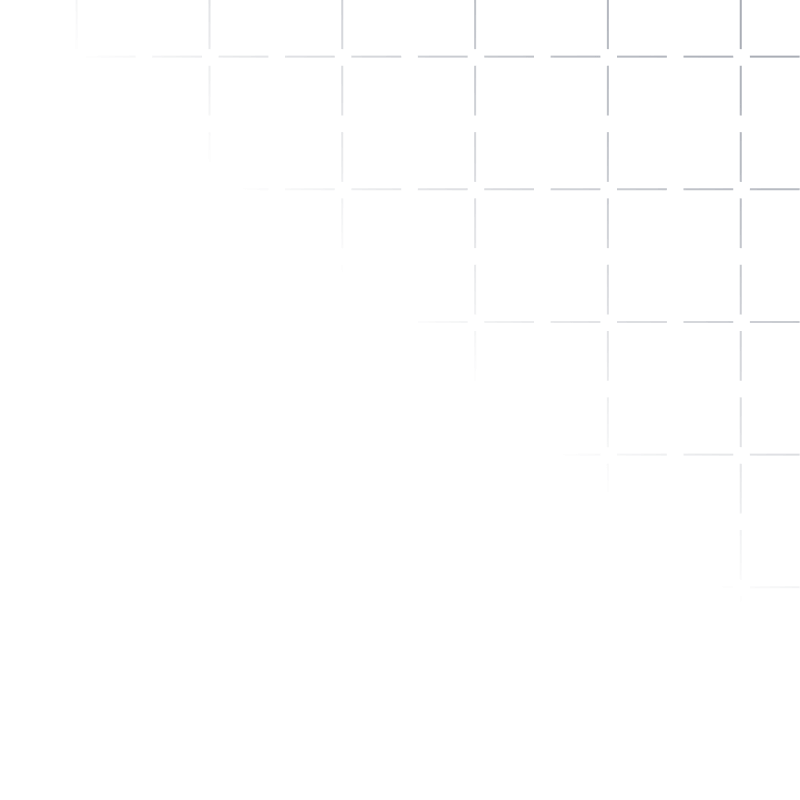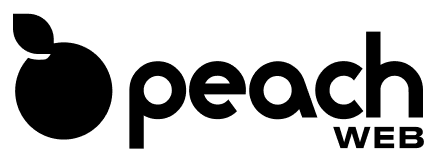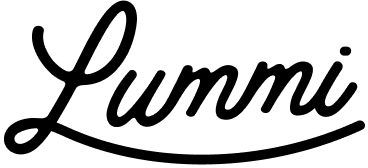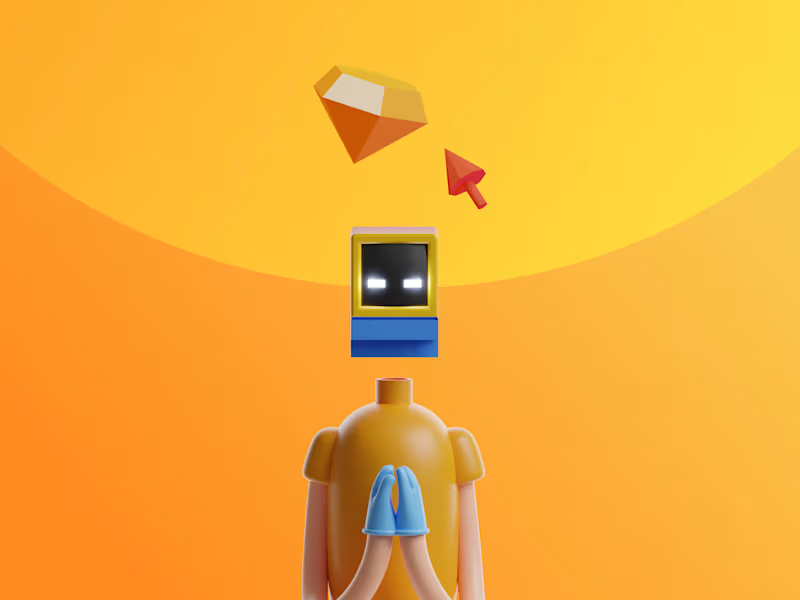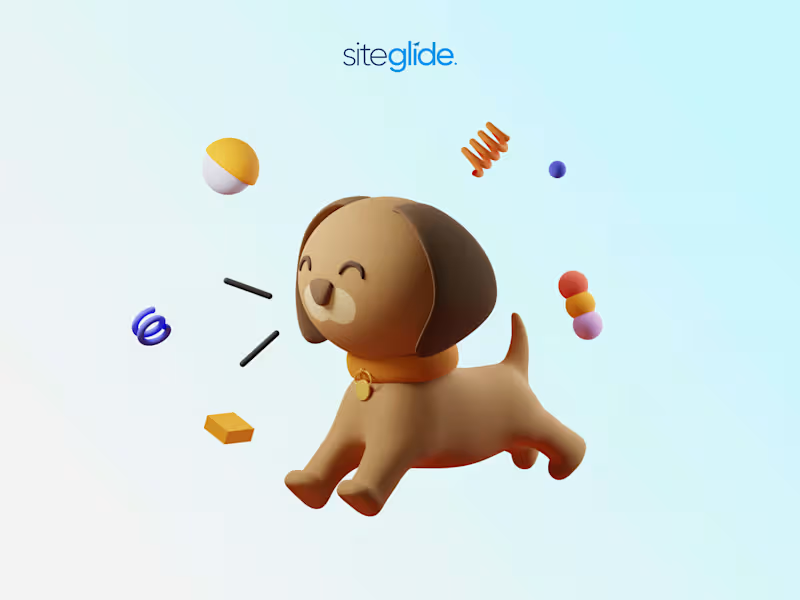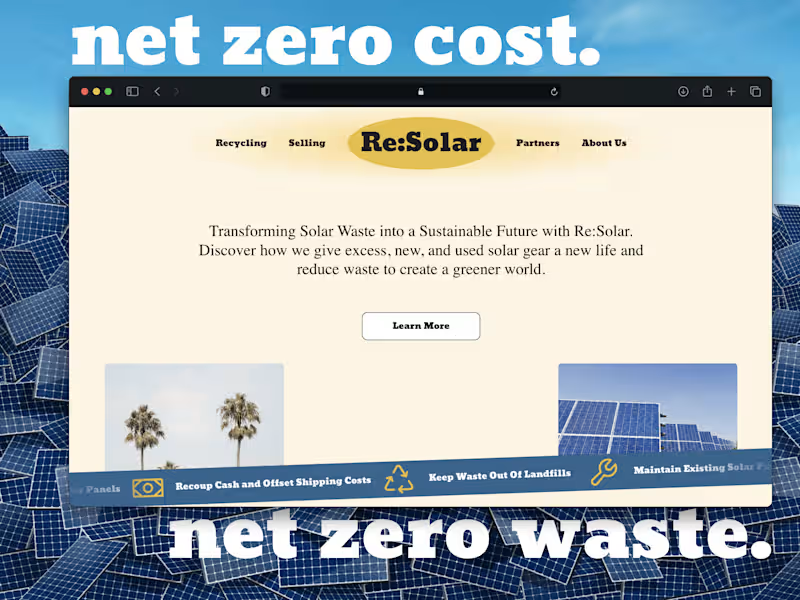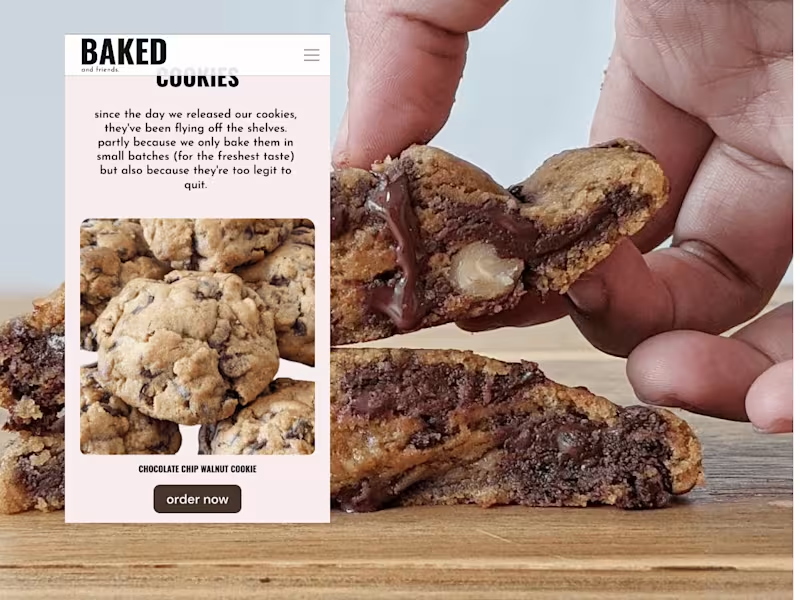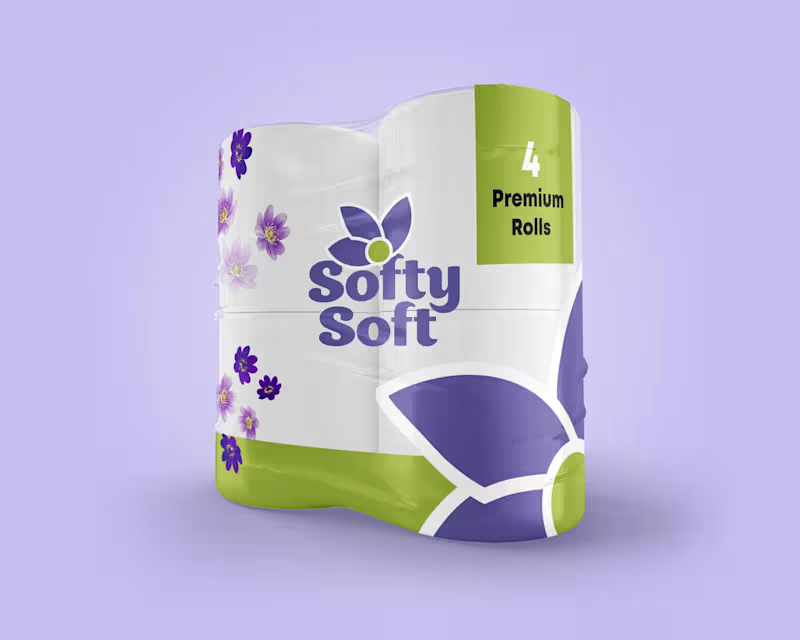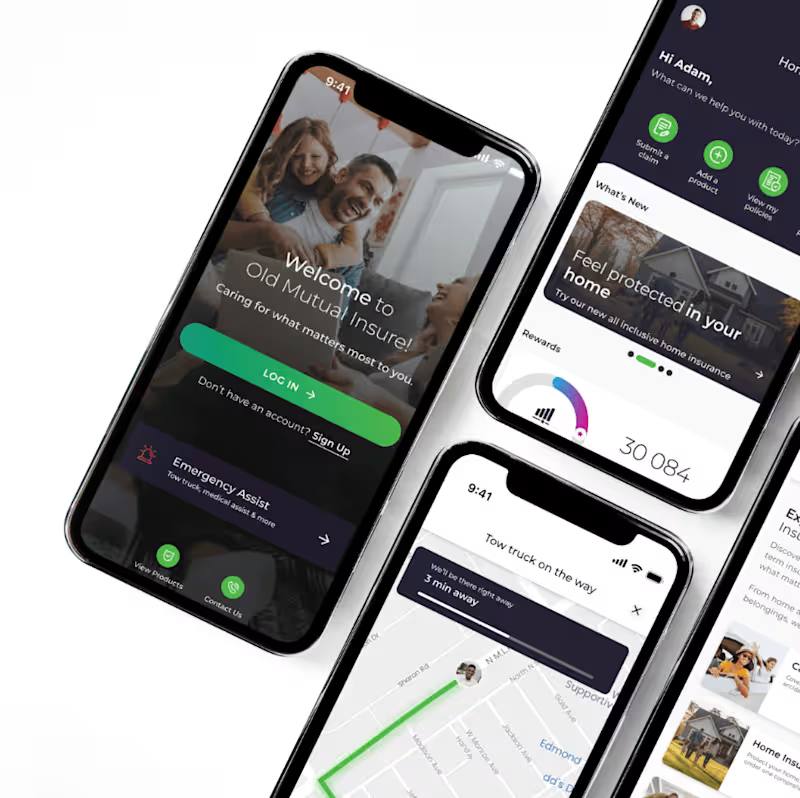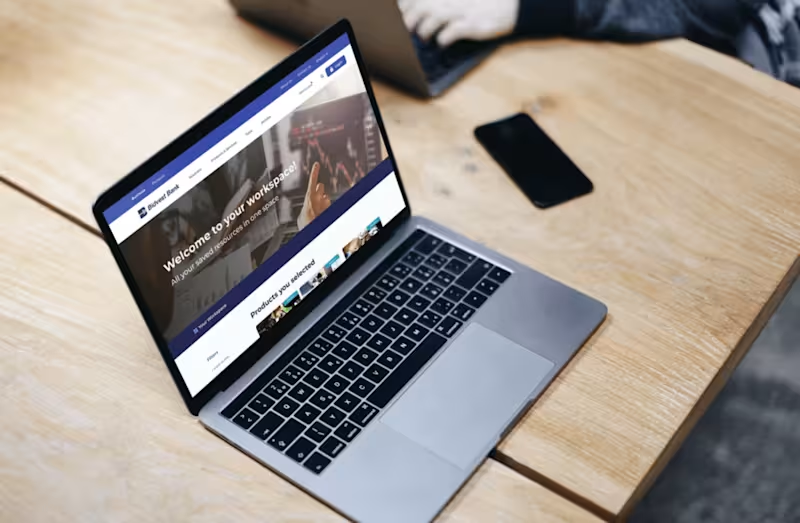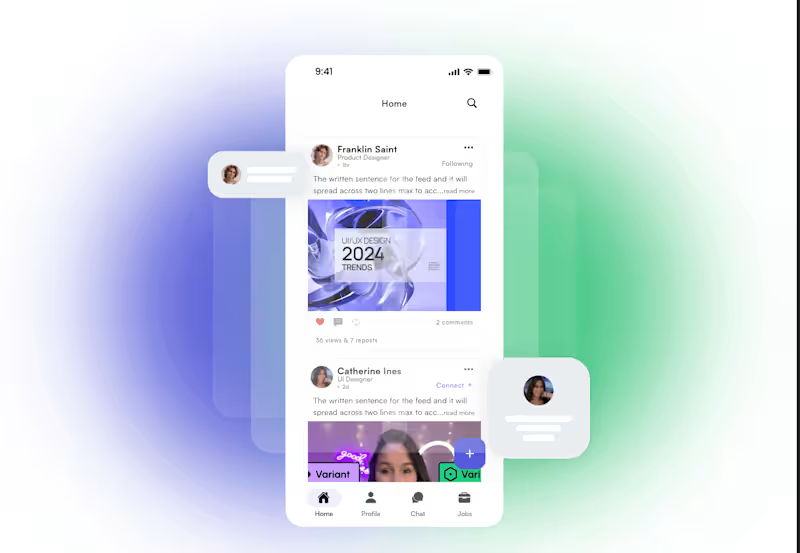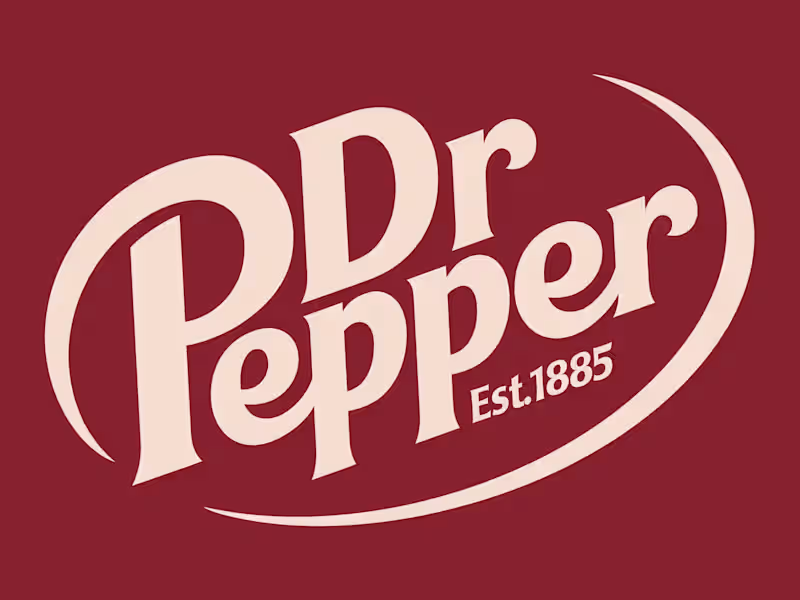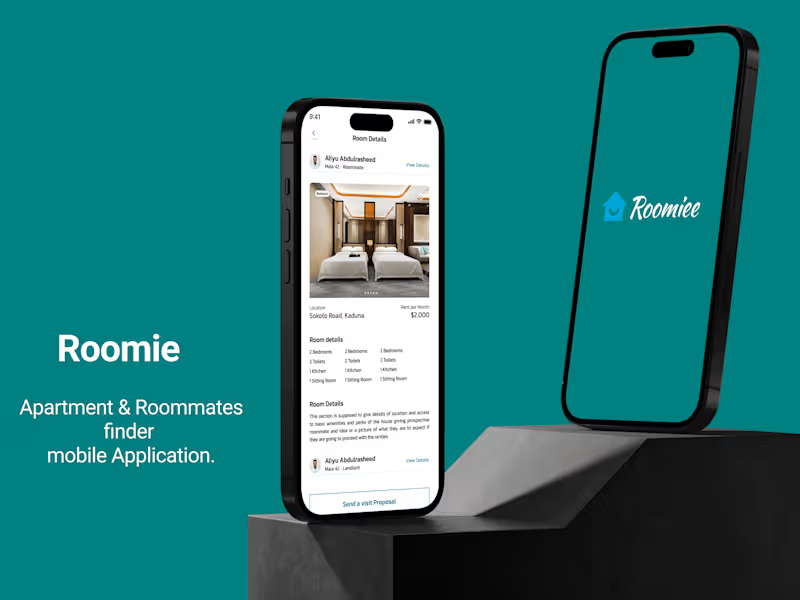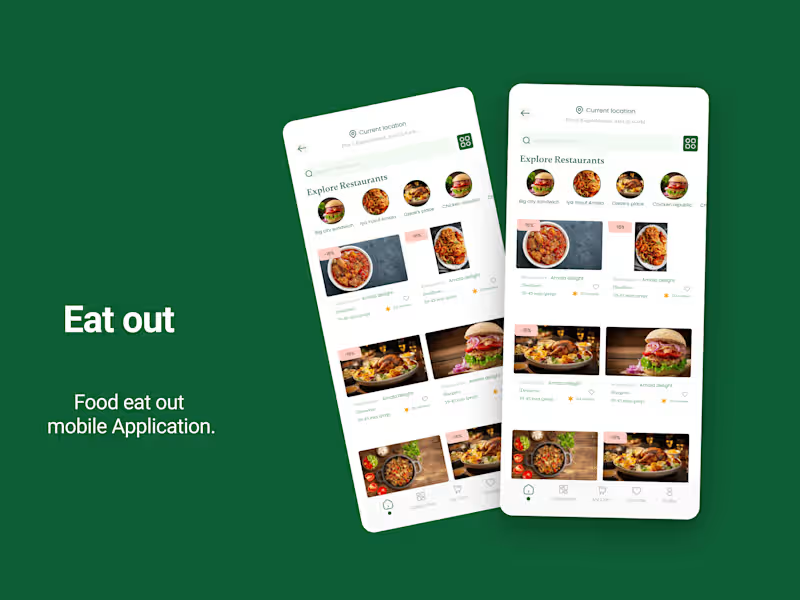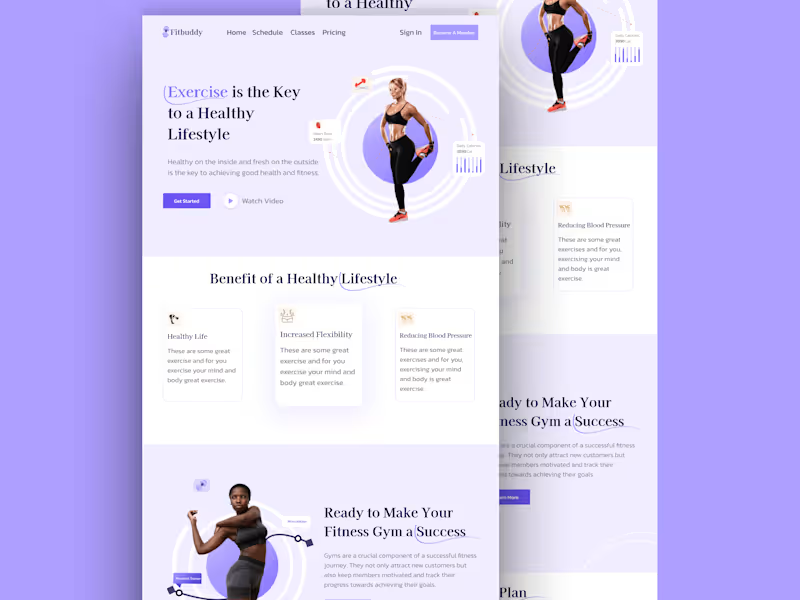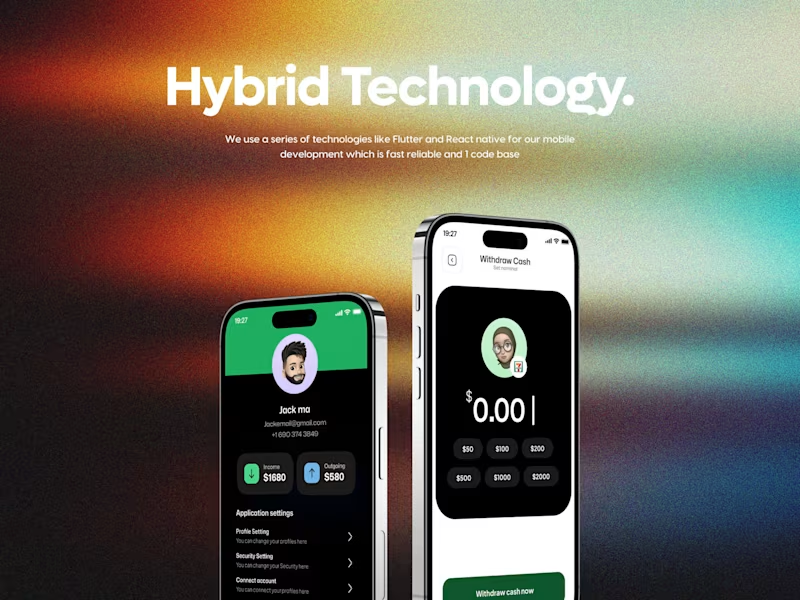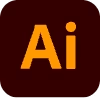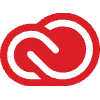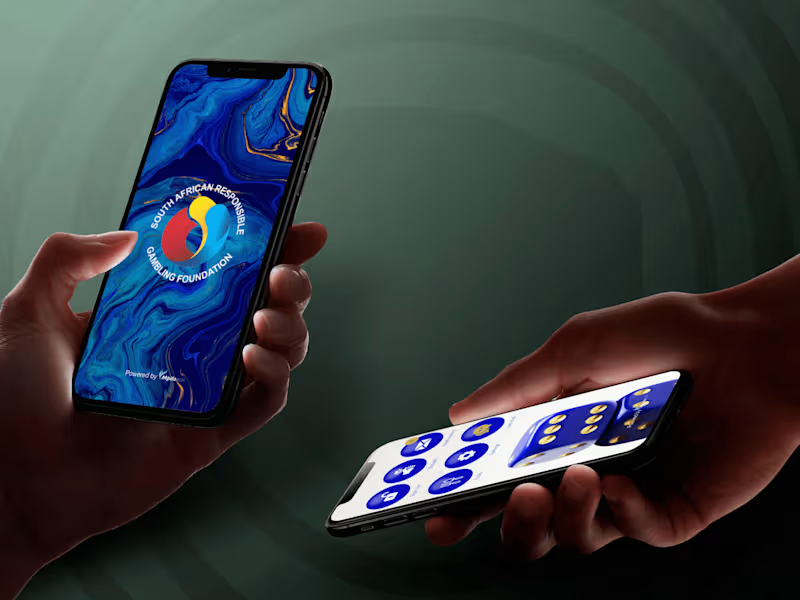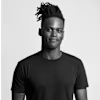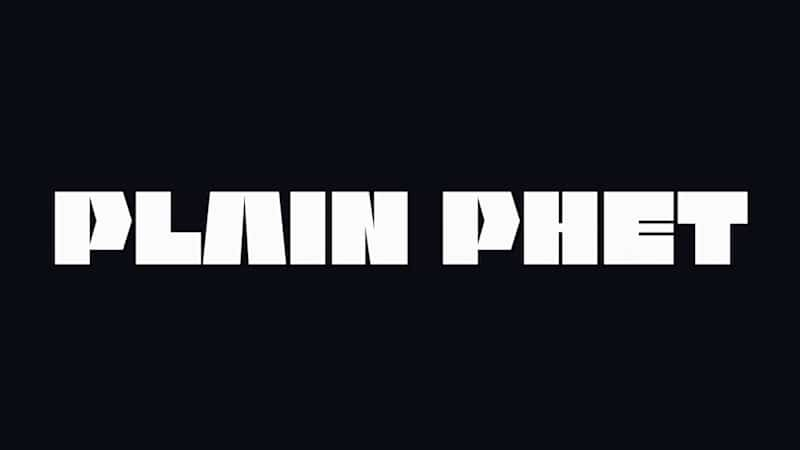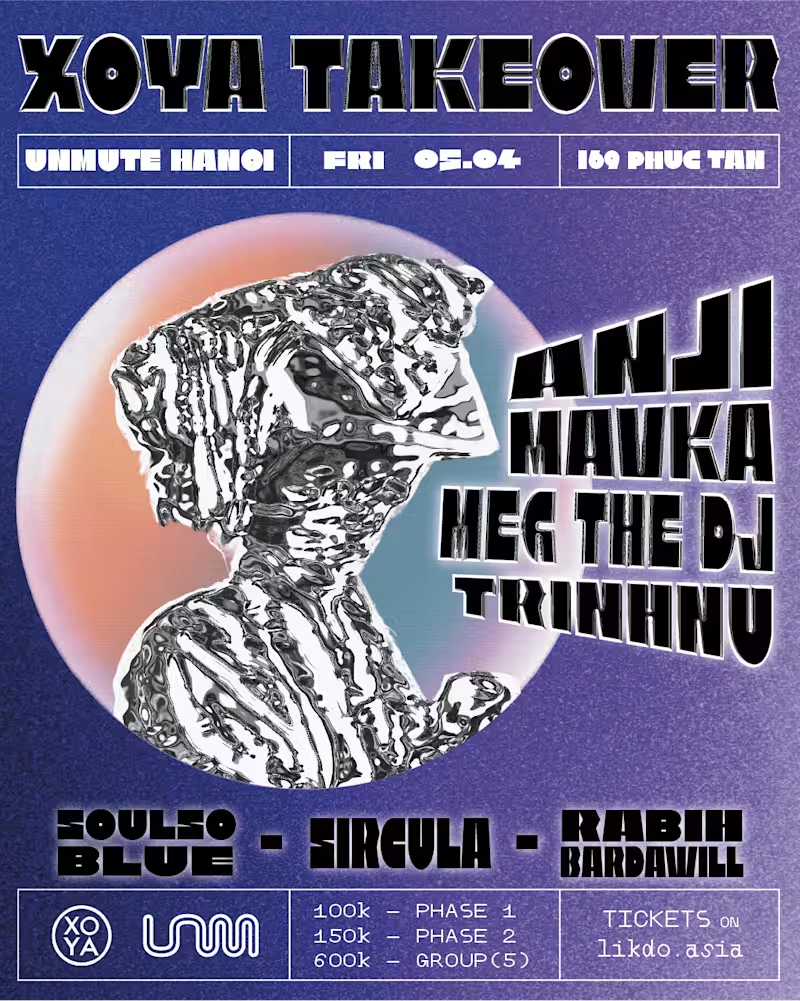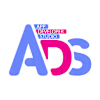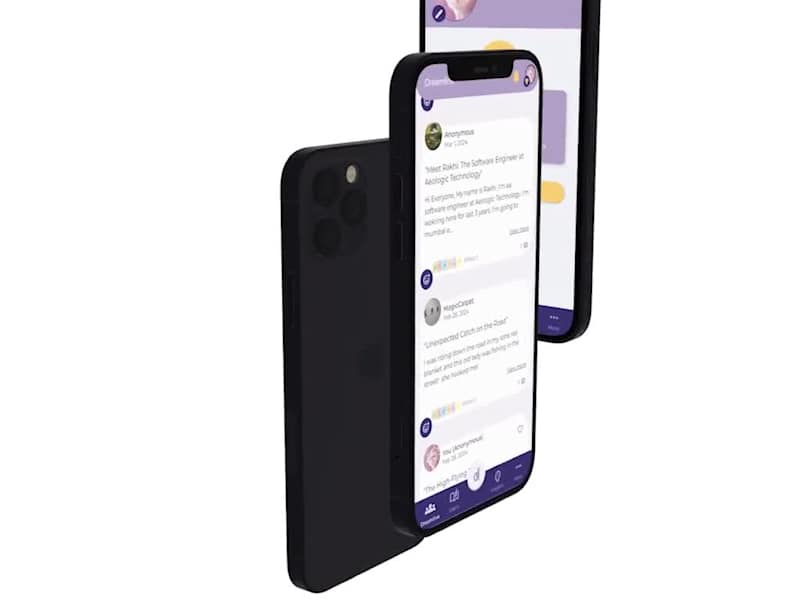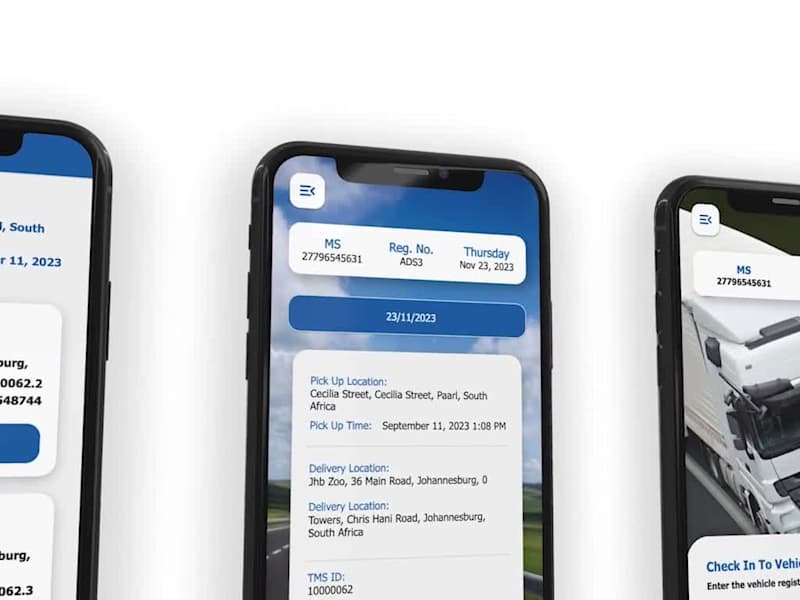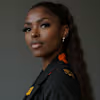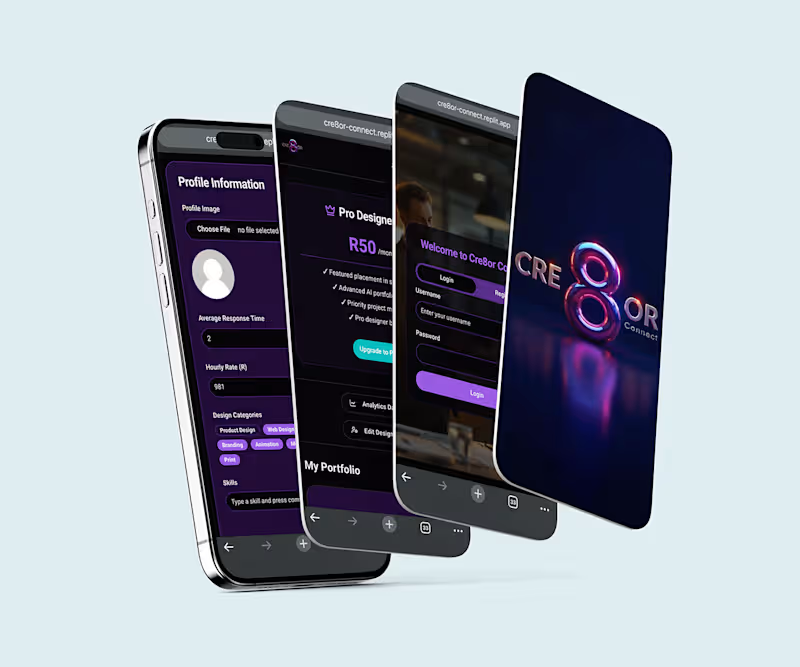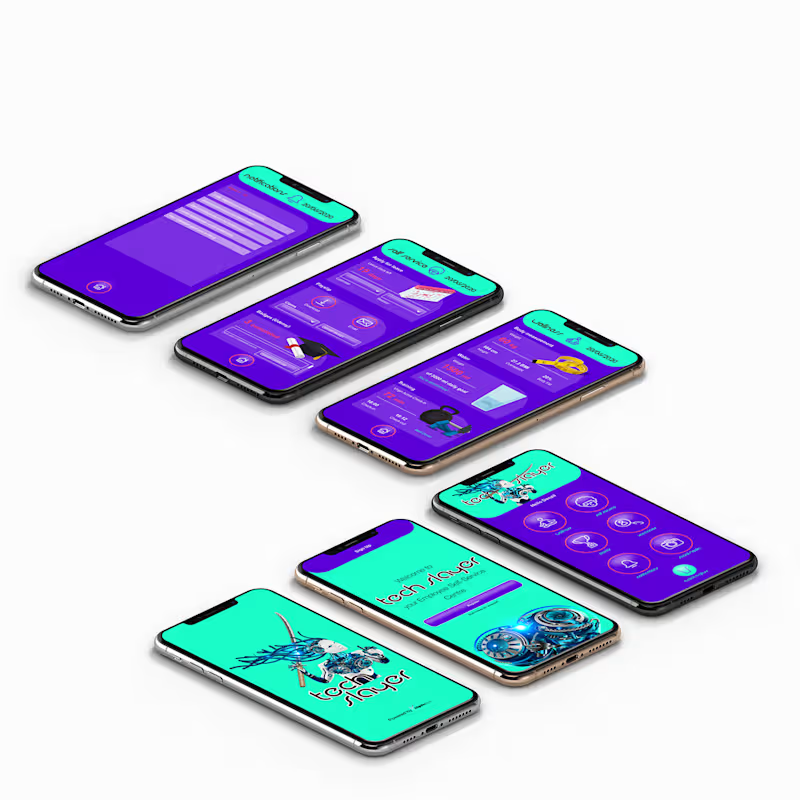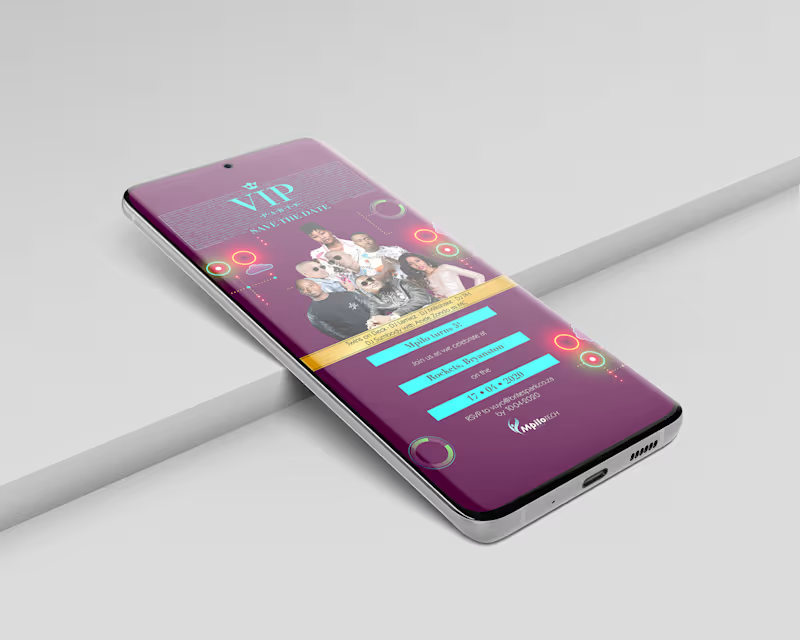How can I ensure the designer understands my project's requirements?
Start by clearly writing down what your project needs. Share ideas, examples, and any drawings you have. This helps the designer see your vision. Having good communication from the start can make the project go smoother. It also helps in avoiding misunderstandings later.
What should I look for in a product designer’s portfolio?
When looking at portfolios, check if they have worked on projects similar to yours. Look for creativity, style, and how they solve problems. If they have worked with clients in Gauteng, it’s a plus because they’ll understand local tastes. Portfolios show the designer's skills and past successes.
How do I decide on the project timeline?
First, think about when you need the final product. Then, discuss with the designer how long each phase might take. Be open to the designer's input since they know the work involved. A well-thought-out timeline helps in delivering a successful project without rushing.
What tools can help manage the designer's work progress?
Platforms like Contra have built-in tools to track progress. You can also use project management tools to keep everything organized. Set regular check-ins with the designer to make sure things are on track. This way, you’ll always know the progress of your project.
How do I set clear deliverables for the designer?
Define exactly what you expect the designer to deliver. Be specific about the files, formats, and any other details you need. This helps the designer know exactly what to work on. Clear deliverables ensure both sides are on the same page.
Why is it important to agree on milestones?
Milestones help break the project into smaller pieces. They make it easier to track progress and review each part of the work. In Gauteng, where deadlines can be strict, setting milestones ensures timely delivery. It also allows for feedback and adjustments where needed.
How can I ensure effective communication with the designer?
Agree on how you’ll communicate, whether it’s email, chat, or calls. Set regular updates to discuss progress and any challenges. This keeps everyone informed and resolves issues quickly. Good communication helps the project run smoothly and meets expectations.
What should I do if I need changes during the project?
Discuss any changes as soon as you can with the designer. Be clear about what the changes are and why they’re needed. In Gauteng, where projects often adapt to local market needs, being flexible can be key. Designers are used to making modifications, so early communication helps.
How do I review the designer’s work effectively?
When reviewing, give specific feedback on what you like and what needs improvement. Use examples to explain your points. Regular reviews help refine the work to match your vision. This way, the final product will be what you expected.
How can I establish trust with my designer?
Start by getting to know the designer’s past work and skills. Be honest and open about your project needs and expectations. In Gauteng, building a relationship based on trust can lead to better collaboration. Trust makes the project enjoyable and successful for both sides.
Who is Contra for?
Contra is designed for both freelancers (referred to as "independents") and clients. Freelancers can showcase their work, connect with clients, and manage projects commission-free. Clients can discover and hire top freelance talent for their projects.
What is the vision of Contra?
Contra aims to revolutionize the world of work by providing an all-in-one platform that empowers freelancers and clients to connect and collaborate seamlessly, eliminating traditional barriers and commission fees.
